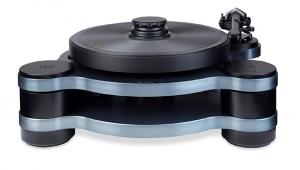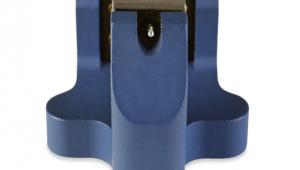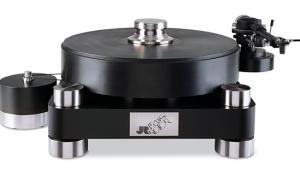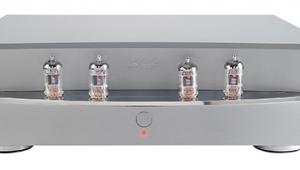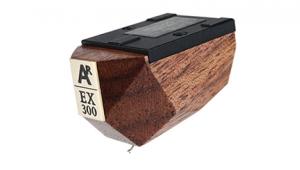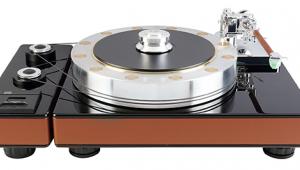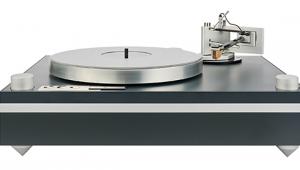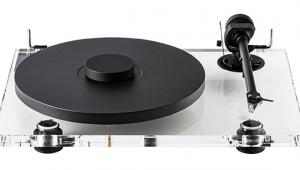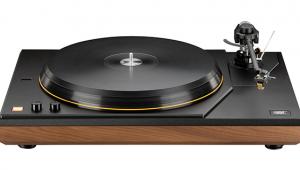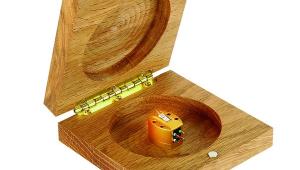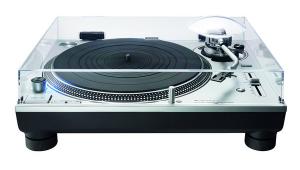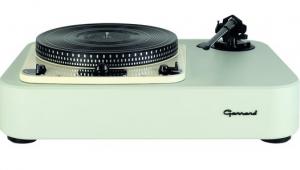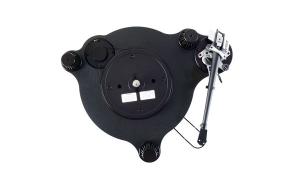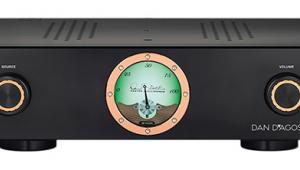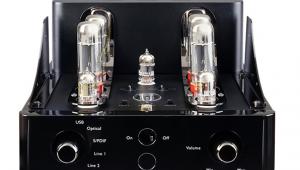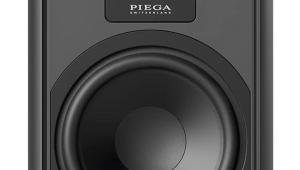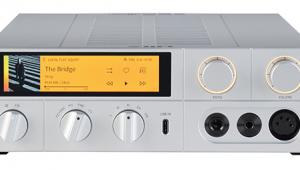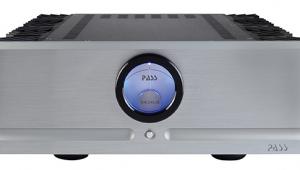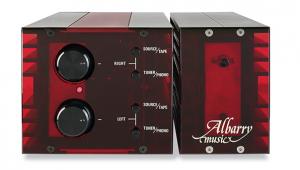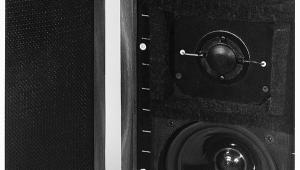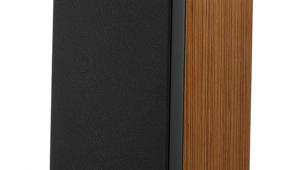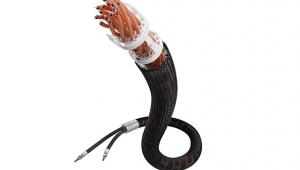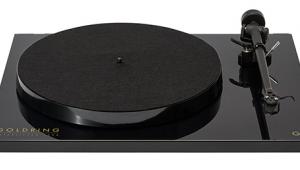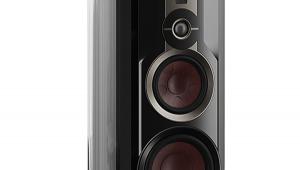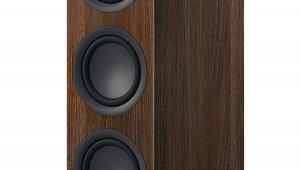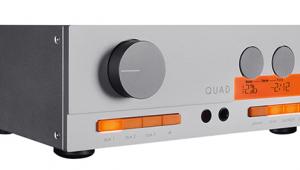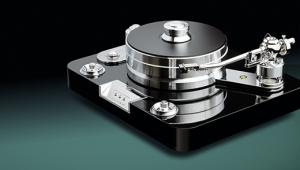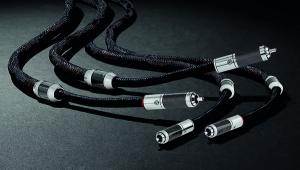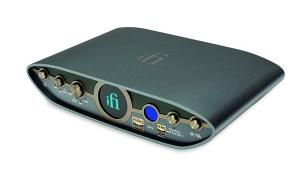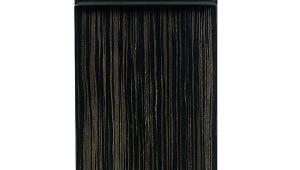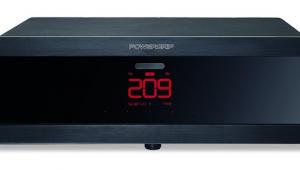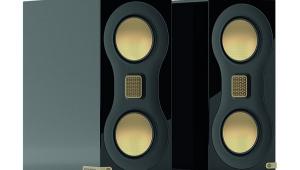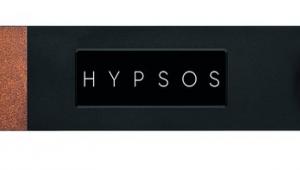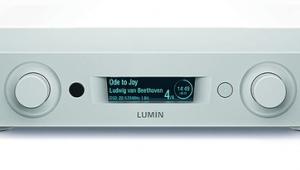Vertere SG-1/SG-1 PTA HB Turntable
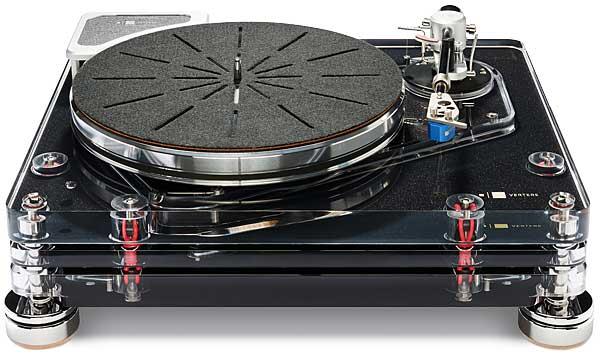
 Based on Vertere's flagship RG-1 Reference Groove turntable, and differing only in the bearing and platter, there's a host of innovation in the brand's SG-1 Super Groove...
Based on Vertere's flagship RG-1 Reference Groove turntable, and differing only in the bearing and platter, there's a host of innovation in the brand's SG-1 Super Groove...
Anyone who has followed Vertere's founder Touraj Moghaddam, all the way back to the early days of Roksan, cannot fail to have been impressed with his iconoclasm. A lifetime later, he's still making cutting-edge turntables from left-field. I knew he hadn't mellowed as soon as he dissuaded me from using a clamp or a weight on the LP, before removing the spindle with a flourish. That was my introduction to the SG-1 Super Groove, one model below the flagship RG-1 Reference Groove.
In its Clear finish, seen here, the SG-1 retails for £16,000, while £18,250 pays for Black, Pearlescent, or Champagne. All are elegant, the two levels of 30mm-thick cast acrylic for top and bottom strata of the plinth, with a 15mm intermediate level of acrylic, creating a futuristic see-through look. To the deck were added the SG-1 PTA HB arm (£3500), the middle of three models, with Verum tonearm cable (£2700), and Motor Drive Imperium PSU (£7950), also the middle of three, along with Redline Mains and Motor Link cables, for a heady package price of £30,150.
Transparent Turntable
With most high-end LP spinners being massive, often of all-metal construction and fearsome weight, the use of cast acrylic was another of those clues that Touraj marches to the beat of a different drum, the deck weighing a 'manageable' 20kg. As he explains, cast – rather than machined – acrylic was chosen for its inherent damping properties, while the three-tier design offers isolation from airborne and structural interference.
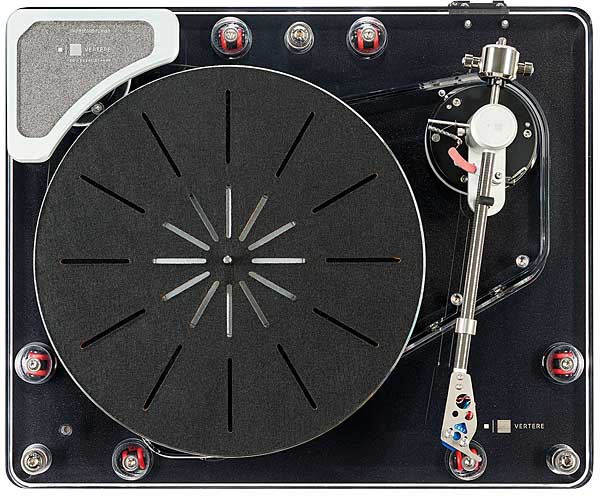
The uppermost 30mm acrylic layer is supported directly on the deck's three adjustable feet while the lower slab 'hangs' via six constrained silicone rubber bands. The middle 15mm cast acrylic layer is supported by, and decoupled from, the lower layer, hosting the platter/bearing and tonearm 'subchassis' that is located via another six domed decouplers – one at the rear and five at the front.
The 24-pole synchronous motor is mounted in its own state of isolation in the far left corner of the top plinth. A flat, ground-polymer belt runs around the circumference of the single-piece aluminium platter, which rotates on a stainless steel bearing spindle in a high-copper, phosphor bronze bearing housing.
Even the platter is slightly unconventional. It's topped with a 3mm-thick bonded acrylic layer to which is added a fabric/cork mat with a series of cut-outs. Here the user is invited to experiment even though Vertere wants you to use it cloth side up, and I suppose you could use it without any mat. I tried both of the mat surfaces, ultimately preferring the cork, which also has a strobe pattern imprinted on it for checking the speed. Then comes the clincher: the spindle is removable, more of which anon.
Imperium Control
The three feet, meanwhile, extend slightly beyond the edges of the tri-layer chassis, so it's worth checking if the 490x400mm (wd) footprint is accommodated by your favoured choice of racking. More compact at 254x58x214mm (whd), the external Motor Drive Imperium PSU.
controls on/off, speed change and fine speed adjustment. Small toggle switches handle the first two operations, while fine speed tuning is achieved via a rotary offering ±0.25% and ±0.75% steps. Another detail for those who value pride of ownership is the deck's inbuilt LED illumination, also powered by the Imperium, which lights up the cover over the motor pulley that bears the Vertere logo.
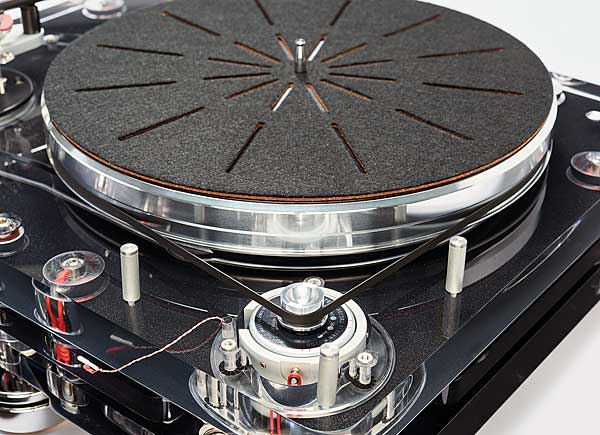
I was expecting the complex-looking carbon-fibre arm to be a bit of a handful, as I was thinking of old-school uni-pivots which are, in the main, a pain to set up, but this isn't quite a uni-pivot. Rather, Vertere's Tri-Point Articulated (TPA) bearing makes it something of a half-way house between uni-pivots and other types and is very straightforward to adjust for VTA, azimuth (with outriggers on the counterweight) and, thanks to the tube's sliding collar, fine tracking force.
I installed a DS Audio Master 1 optical cartridge [HFN Dec '17] in the SG-1 PTA HB tonearm, feeding an Audio Research REF 6SE preamp [HFN Jan '21] and choice of two power amps – an Audio Research REF 75SE and D'Agostino Momentum M400MxV [see p48], driving Wilson Audio Sasha DAWs [HFN Mar '19]. The presence of the latter proved fortuitous, as I soon discovered that the SG-1's forte is copious bass, and it took mere seconds for it to give the Sashas a work-out.
![]() Hot (Mogha)Damn!
Hot (Mogha)Damn!
Most audiophiles will admit that first impressions are rarely wrong, despite exhortations to the contrary about needing to live with a product for months. That's a weasel's way of hiding a component's weaknesses, because – as with back pain or difficult neighbours – you can get used to anything, including most sonic irritants. Seasoned listeners, though, trust their ears: I cannot recall changing my opinion of a piece of equipment after weeks or months of living with it and the Vertere SG-1 was a knock-out from the get-go.
